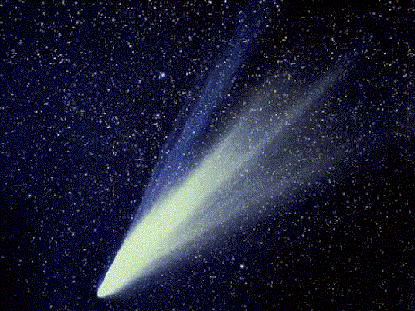La Comète is a magnificent Art Deco sculptural image of a female nude modelled as a streamlined comet, her long hair trailing behind her as she flies through the clouds. The silvered bronze sculpture is heightened with parcel gilding and raised on a breche griotte shaped marble base, signed Guirard-Riviere and inscribed with the foundry mark Etling Paris. The sculpture’s composition displays a great sense of dynamism and movement.
This iconic design was considered the height of modernity and an example of the model was placed in the reception of the famous Chrysler Building, New York from 1930 to 1942.
See example with a green/brown patina which was sold at Sothebys, New York in 2014 for $ 60,000 USD
Sorry, this item has been sold. If you would like information about similar items please contact us on 07971850405 or make an enquiry via email here.
ADDITIONAL INFORMATION
Height: 53 cm
Width: 57 cm
Condition: Excellent Original Condition
Circa: 1925
Foundry Etling, Paris
Materials: Silvered Bronze and Marble
Book Ref Art Deco Sculpture by Victor Arwas
Page No: 106
SKU: 8167
ABOUT
Maurice Guiraud-Rivière was born in Toulouse in 1881 and was a painter, draftsman, sculptor, the nephew of Theodore Riviere and student of the National School of Fine Arts where he studied under the direction of Antonin Mercie master of his uncle and like them native of Toulouse.
What is a Comet?
A comet is a very small solar system body made mostly of ices mixed with smaller amounts of dust and rock. Most comets are no larger than a few kilometres across. The main body of the comet is called the nucleus, and it can contain water, methane, nitrogen and other ices.
When a comet is heated by the Sun, its ices begin to sublimate (similar to the way dry ice “fizzes” when you leave it in sunlight). The mixture of ice crystals and dust blows away from the comet nucleus in the solar wind, creating a pair of tails. The dust tail is what we normally see when we view comets from Earth.
A plasma tail also forms when molecules of gas are “excited” by interaction with the solar wind. The plasma tail is not normally seen with the naked eye, but can be imaged. Comets normally orbit the Sun, and have their origins in the Oort Cloud and Kuiper Belt regions of the outer solar system.

To view a selection of Art Deco bronzes please click here.